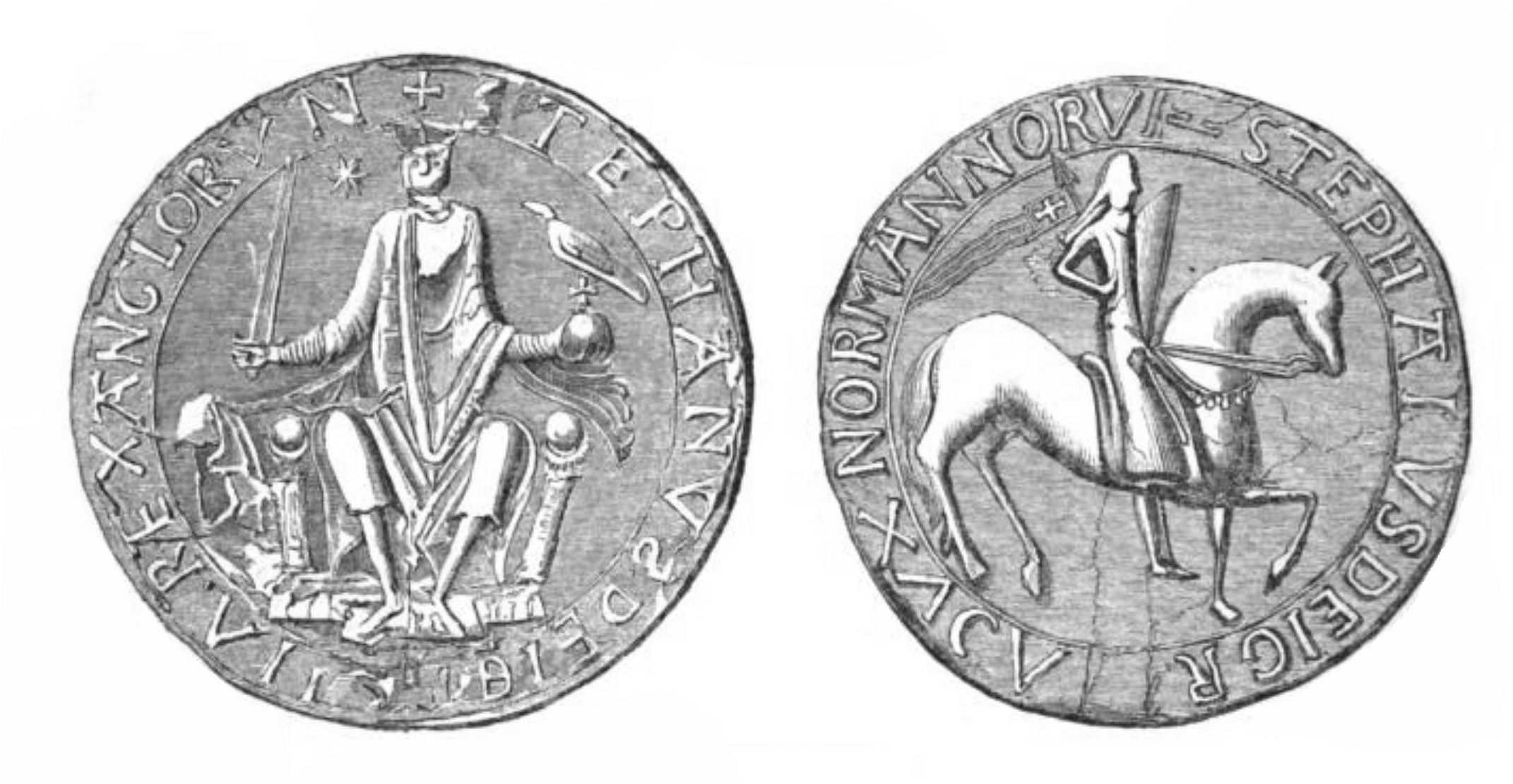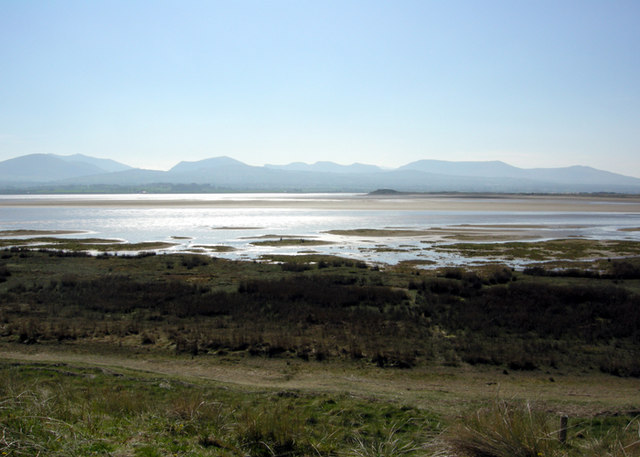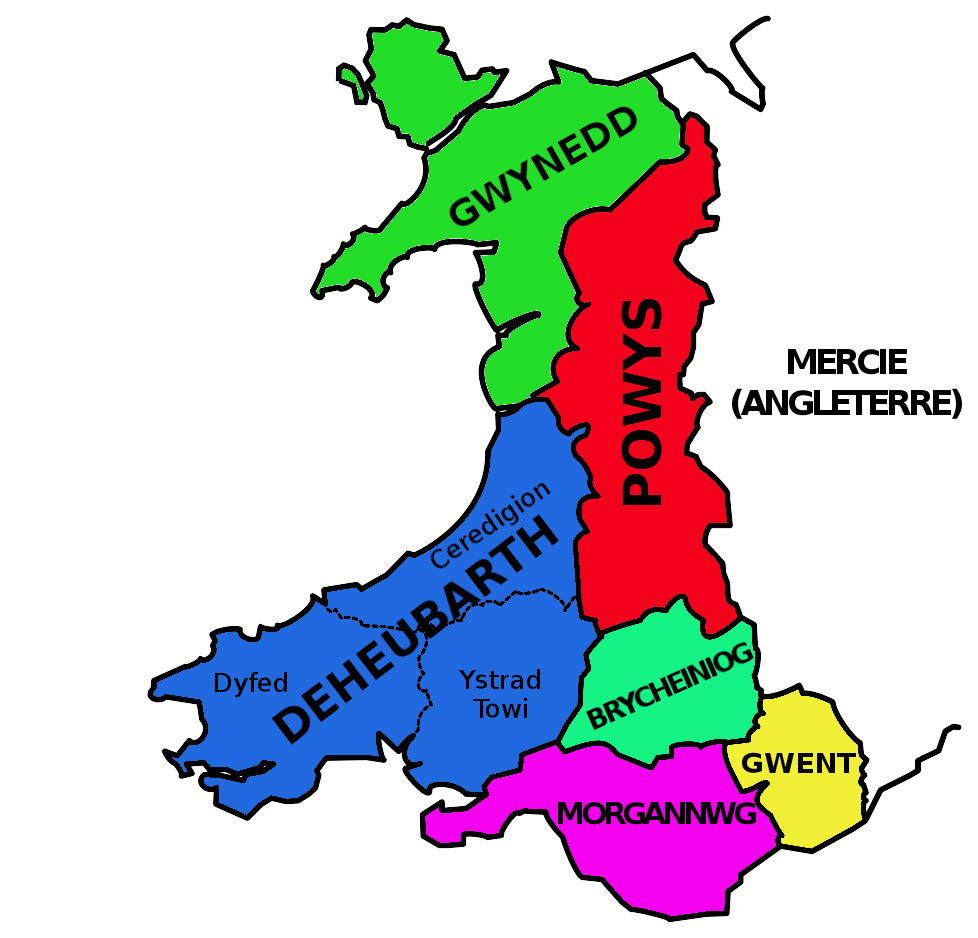|
The Summer Of The Danes
''The Summer of the Danes'' is a medieval mystery novel by Ellis Peters, set in 1144. It is the eighteenth in the Cadfael Chronicles and was first published in 1991. Brother Cadfael is pleased to join his young friend Mark, now a deacon, on a mission of church diplomacy in Wales. Travelling in the safety of the Owain Gwynedd, Prince of Gwynedd's train, they are brought to unexpected dangers, as they seek to keep a young Welsh woman free from harm. Introduction to plot The Anarchy is paused, except for the continued ravages of Geoffrey de Mandeville and his band of marauders in the Fens. Wales has a squabble between two brother princes, rooted in a murder the previous year. The Roman church under Theobald, the Archbishop of Canterbury, is extending its influence into Wales, which prefers its Celtic ways and the see of Saint David, by reviving an old bishopric straddling the border of England and Wales. Theobald requested that Bishop Roger de Clinton send a welcoming embassy to ... [...More Info...] [...Related Items...] OR: [Wikipedia] [Google] [Baidu] |
Ellis Peters
Edith Mary Pargeter (28 September 1913 – 14 October 1995), also known by her ''nom de plume'' Ellis Peters, was an English author of works in many categories, especially history and historical fiction, and was also honoured for her translations of Czech classics. She is probably best known for her murder mysteries, both historical and modern, and especially for her medieval detective series The Cadfael Chronicles. Personal Pargeter was born in the village of Horsehay (Shropshire, England), daughter of Edmund Valentine Pargeter (known as Ted) and his wife Edith ''nee'' Hordley. Her father was a clerk at the local Horsehay Company ironworks. She later moved with her parents to Dawley where she was educated at Dawley Church of England School and the old Coalbrookdale High School for Girls.Article by Toby Neal, part of series on West Midlands worthies. She had Welsh ancestry, and many of her short stories and books (both fiction and non-fiction) are set in Wales and its borderla ... [...More Info...] [...Related Items...] OR: [Wikipedia] [Google] [Baidu] |
Theobald Of Bec
Theobald of Bec ( c. 1090 – 18 April 1161) was a Norman archbishop of Canterbury from 1139 to 1161. His exact birth date is unknown. Some time in the late 11th or early 12th century Theobald became a monk at the Abbey of Bec, rising to the position of abbot in 1137. King Stephen of England chose him to be Archbishop of Canterbury in 1138. Canterbury's claim to Primacy of Canterbury, primacy over the Welsh ecclesiastics was resolved during Theobald's term of office when Pope Eugene III decided in 1148 in Canterbury's favour. Theobald faced challenges to his authority from a subordinate bishop, Henry of Blois, Bishop of Winchester and King Stephen's younger brother, and his relationship with King Stephen was turbulent. On one occasion Stephen forbade him from attending a Council of Reims (1148), papal council, but Theobald defied the king, which resulted in the confiscation of his property and temporary exile. Theobald's relations with his cathedral clergy and the mona ... [...More Info...] [...Related Items...] OR: [Wikipedia] [Google] [Baidu] |
Ceredigion
Ceredigion ( , , ) is a county in the west of Wales, corresponding to the historic county of Cardiganshire. During the second half of the first millennium Ceredigion was a minor kingdom. It has been administered as a county since 1282. Ceredigion is considered a centre of Welsh culture and just under half of the population can speak Welsh according to the 2011 Census. The county is mainly rural, with over of coastline and a mountainous hinterland. The numerous sandy beaches and the long-distance Ceredigion Coast Path provide views of Cardigan Bay. In the 18th and early 19th centuries, Cardiganshire had more industry than it does today; Cardigan was the commercial centre of the county; lead, silver and zinc were mined and Cardigan was the principal port of South Wales prior to the silting of its harbour. The economy became highly dependent on dairy farming and the rearing of livestock for the English market. During the 20th century, livestock farming became less profitable ... [...More Info...] [...Related Items...] OR: [Wikipedia] [Google] [Baidu] |
Kingdom Of Dublin
Vikings invaded the territory around Dublin in the 9th century, establishing the Norse Kingdom of Dublin, the earliest and longest-lasting Norse kingdom in Ireland. Its territory corresponded to most of present-day County Dublin. The Norse referred to the kingdom as ''Dyflin'', which is derived . The first reference to the Vikings comes from the '' Annals of Ulster'' and the first entry for 841 AD reads: "Pagans still on Lough Neagh". It is from this date onward that historians get references to ship fortresses or longphorts being established in Ireland. It may be safe to assume that the Vikings first over-wintered in 840–841 AD. The actual location of the longphort of Dublin is still a hotly debated issue. Norse rulers of Dublin were often co-kings, and occasionally also Kings of Jórvík in what is now Yorkshire. Under their rule, Dublin became the biggest slave port in Western Europe. Over time, the settlers in Dublin became increasingly Gaelicized. They began to exhibit a ... [...More Info...] [...Related Items...] OR: [Wikipedia] [Google] [Baidu] |
Abermenai Point
Abermenai Point (Welsh: Pwynt Abermenai) is a headland in the southeast of the island of Anglesey in Wales. It is the southernmost point of the island and is the northern point of the western entrance of the Menai Strait. The headland is mainly composed of sand dunes at the end of Newborough Warren and has no road leading up to or onto it. The nearest major public road, along which a public bus runs is the A4080 at Newborough. Due to its exposed location and the nature of the straits the Ordnance Survey map for the point carries a warning ''"Public Rights of Way to Abermenai Point can be dangerous under tidal conditions."'' The earliest recorded ferry crossing route from the island to the mainland ran from the point to the site at which Fort Belan now sits. Records in the late 11th century relating to the then King of Gwynedd, Gruffudd ap Cynan state that a ferryman was employed there and ferry houses at both locations have been recorded throughout history. In 1725, Daniel ... [...More Info...] [...Related Items...] OR: [Wikipedia] [Google] [Baidu] |
Dead Man's Ransom
''Dead Man's Ransom'' is a medieval mystery novel by Ellis Peters, first of four novels set in the disruptive year of 1141. It is the ninth in the Cadfael Chronicles, and was first published in 1984 in literature, 1984. The book was adapted for BBC Radio 4 in 1995. The Sheriff of Shropshire is wounded and taken prisoner by Welsh on the side of Empress Maud in a major battle. His return requires an exchange, bringing two lively young Welshmen into the castle where the Sheriff's daughter resides. Welshmen on the border with England see opportunities for their own benefit as the chaos in England continues, with the King captured. This novel received some enthusiastic and positive reviews at the time of publication. The plot includes "a denouement that combines rough justice and love triumphant." The novel overall was described as "charmingly inventive, textured with intriguing subplots, and as rich as ever in fresh period details." Another reviewer found that "local color is at ... [...More Info...] [...Related Items...] OR: [Wikipedia] [Google] [Baidu] |
Óttar Of Dublin
Óttar of Dublin (or Óttarr of Dublin), in Irish Oitir Mac mic Oitir (Oitir the son of a son of Oitir), was a Hiberno-Norse King of Dublin, reigning in 1142–1148. Alternative names used in modern scholarship include Óttar of the Isles and Óttar Óttarsson. Life Óttar was a powerful man from the Norse-Gaelic territory of the Western Isles of Scotland, known as the Sudreyjar to the Vikings. He seized control of the Kingdom of Dublin in 1142, according to Clare Downham after having been invited by the townspeople to become their king.Downham 2007 p. 39 He is described as the grandson of Óttar in the Annals of the Four Masters and as the son of Óttar (McOtyr) in the Annals of Clonmacnoise. It is possible that both records are correct and that Óttar of Dublin was the son of a man named Óttar whose own father was also Óttar. Either his father or grandfather was the Jarl Óttar, killed in 1098, who is recorded as controlling half of the Isle of Man. One source unambiguously ... [...More Info...] [...Related Items...] OR: [Wikipedia] [Google] [Baidu] |
Deheubarth
Deheubarth (; lit. "Right-hand Part", thus "the South") was a regional name for the realms of south Wales, particularly as opposed to Gwynedd (Latin: ''Venedotia''). It is now used as a shorthand for the various realms united under the House of Dinefwr, but that Deheubarth itself was not considered a proper kingdom on the model of Gwynedd, Powys, or Dyfed is shown by its rendering in Latin as ''dextralis pars'' or as ''Britonnes dexterales'' ("the Southern Britons") and not as a named land. In the oldest British writers, ''Deheubarth'' was used for ''all'' of modern Wales to distinguish it from ''Hen Ogledd'' (''Y Gogledd''), the northern lands whence Cunedda and the Cymry originated. History Deheubarth was united around 920 by Hywel Dda out of the territories of Seisyllwg and Dyfed, which had come into his possession. Later on, the Kingdom of Brycheiniog was also added. Caerleon was previously the principal court of the area, but Hywel's dynasty fortified and built up a new ... [...More Info...] [...Related Items...] OR: [Wikipedia] [Google] [Baidu] |
Anarawd Ap Gruffydd
Anarawd ap Gruffydd (died 1143) was a Prince of Deheubarth in Southwest Wales. Lineage Anarawd was the eldest son of Gruffydd ap Rhys. On the death of his father in 1137, Anarawd took over the rule of Deheubarth. Resistance In 1136 he and his brother Cadell ap Gruffydd joined with the Prince of Gwynedd, Owain Gwynedd and the latter's brother Cadwaladr ap Gruffydd in an assault on Cardigan Castle which was in Norman hands. The assault was aided by a fleet of Viking ships, but an agreement was reached and the siege lifted. Dispute with Canterbury In 1140 Anarawd again supported Owain Gwynedd, this time in the dispute with the Archbishop of Canterbury about the appointment of a Bishop of Bangor. Death by treachery However, in 1143 Anarawd was treacherously killed by the men of Owain's brother Cadwaladr. Cadwaladr himself was strongly suspected of having ordered the killing. This greatly angered Owain, for Anarawd had been a key ally and was about to marry Owain's daug ... [...More Info...] [...Related Items...] OR: [Wikipedia] [Google] [Baidu] |
Cadwaladr Ap Gruffydd
Cadwaladr ap Gruffydd (c. 1100 – 1172) was the third son of Gruffudd ap Cynan, King of Gwynedd, and brother of Owain Gwynedd. Appearance in history Cadwaladr first appears in the historical record in 1136, when following the killing of the lord of Ceredigion, Richard Fitz Gilbert de Clare, he accompanied his brother Owain Gwynedd in an invasion of Ceredigion. They captured five castles in the north of Ceredigion then later in the year launched a second invasion, inflicting a heavy defeat on the Normans at the Battle of Crug Mawr, just outside Cardigan, Ceredigion, Cardigan. In 1137 they captured Carmarthen. He later married Richard Fitz Gilbert de Clare's daughter Alice (Adelize) de Clare and had issue with her. Gruffudd ap Cynan died in 1137 and was succeeded by Owain Gwynedd, his eldest surviving son. Cadwaladr was given lands in northern Ceredigion. Cadwaladr joined with Ranulph de Gernon, 2nd Earl of Chester, Ranulph, Earl of Chester in the attack on Battle of Lincoln (11 ... [...More Info...] [...Related Items...] OR: [Wikipedia] [Google] [Baidu] |
Rhun Ab Owain Gwynedd
Rhun ab Owain Gwynedd was the eldest child of Owain Gwynedd (the king of Gwynedd between 1137-1170). His mother was an Irish woman Pyfog (sometimes called Ffynnod Wyddeles) who was one of his father's many mistresses. Despite being illegitimate he was his father's favourite child and chosen successor. However, his premature death in 1146 is said to have cast his father into a deep depression which was only cured when he heard his forces had captured Mold Castle from the English. Physical Appearance The Brut y Tywysogion ''Brut y Tywysogion'' ( en, Chronicle of the Princes) is one of the most important primary sources for Welsh history. It is an annalistic chronicle that serves as a continuation of Geoffrey of Monmouth’s ''Historia Regum Britanniae''. ''Bru ... describes Rhun ab Owain Gwynedd as: "fair of form and aspect, kind of conversation, and affable to all... tall of stature and fair of complexion, with curly yellow hair, long of countenance, with eyes somewhat blue. ... [...More Info...] [...Related Items...] OR: [Wikipedia] [Google] [Baidu] |



